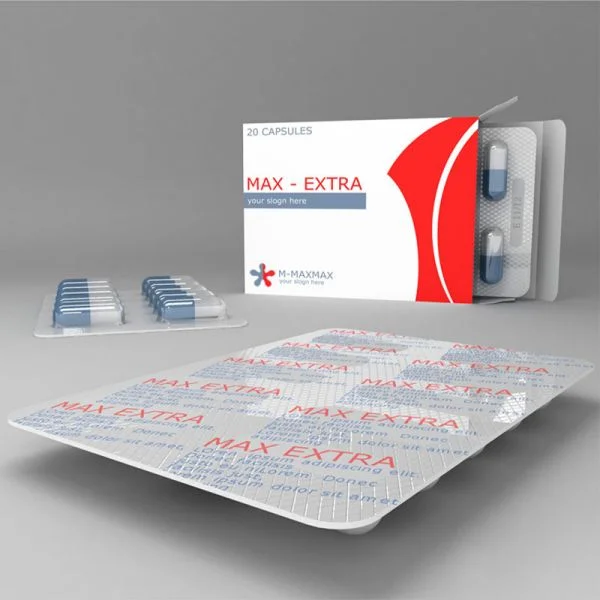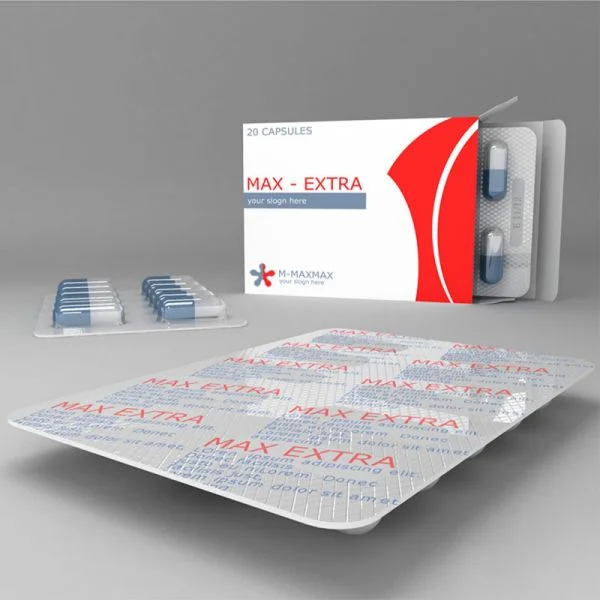Blister lidding packaging has emerged as a pivotal technology in the pharmaceutical industry, revolutionizing the way medications are presented, stored, and distributed. This innovative packaging solution combines the protective qualities of blister packs with the convenience and tamper-evidence of lidding materials. Sunkey Packaging blister lidding packaging is widely used in many fields such as pharmaceuticals, food, cosmetics, and electronic products. It is an indispensable part of the modern packaging industry. By adopting environmentally friendly materials and innovative designs, blister lidding packaging is constantly moving towards a more sustainable and user-friendly direction.

Types of Blister Lidding Materials
1. Aluminum Foil Lidding
Aluminum foil lidding is widely used due to its excellent barrier properties against moisture, oxygen, and light. It ensures the integrity and stability of sensitive pharmaceutical products, extending their shelf life. Additionally, aluminum foil provides a high level of tamper evidence, enhancing patient safety.
2. Polymer-Based Lidding Films
Polymer films such as polyethylene terephthalate (PET) and polyvinyl chloride (PVC) offer flexibility and cost-effectiveness. These materials can be tailored to provide the desired levels of permeability, making them suitable for a range of pharmaceutical applications. Polymer-based lidding films also support easy opening features, improving patient compliance.
3. Paper-Based Lidding
Paper-based lidding solutions are increasingly favored for their sustainability credentials. They offer a printable surface for branding and patient information, enhancing product appeal. While their barrier properties may be less robust compared to foil or polymer films, advancements in coatings and laminates are addressing these limitations.
Benefits of Blister Lidding Packaging
1. Product Protection
Blister lidding packaging effectively shields pharmaceuticals from environmental factors such as humidity, temperature fluctuations, and UV radiation. This ensures that medications retain their potency and purity throughout their shelf life.
2. Tamper Evidence
The secure sealing of blister lidding provides clear evidence of tampering, protecting consumers from counterfeit or contaminated products. This feature is critical in maintaining trust and safety in the pharmaceutical supply chain.
3. Dosage Accuracy and Convenience
Blister packs allow for precise dosing, with each blister cavity designed to hold a single dose. This facilitates accurate administration and reduces the risk of overdosing or underdosing. The easy-to-open lidding further enhances patient convenience.
4. Brand Differentiation and Compliance
Blister lidding packaging offers a versatile canvas for branding and patient instructions. High-quality graphics, color coding, and braille options can differentiate products and improve patient understanding and compliance.
Design Considerations for Blister Lidding Packaging
1. Material Selection
The choice of lidding material should balance cost, performance, and sustainability. Factors such as product sensitivity, expected shelf life, and distribution conditions play a crucial role in material selection.
2. Seal Integrity
Ensuring a strong and reliable seal between the blister base and lidding is essential for maintaining product integrity. Proper seal design, material compatibility, and manufacturing processes must be rigorously tested to prevent leakage and tampering.
3. Ease of Opening
User-friendly opening features, such as peelable seals or scored lines, are critical for patient accessibility. Designers must balance ease of opening with the need for tamper evidence.
4. Sustainability
With growing consumer awareness of environmental impact, the pharmaceutical industry is increasingly adopting sustainable packaging solutions. This includes using recyclable materials, reducing packaging waste, and optimizing production processes to minimize carbon footprints.
Case Studies and Applications
1. Tablet and Capsule Packaging
Blister lidding packaging is the gold standard for solid dosage forms like tablets and capsules. It ensures stable storage conditions, facilitates accurate dosing, and supports tamper-evident features, enhancing patient safety.
2. Injectable and Liquid Medications
While traditional blister packs are more associated with solid dosage forms, advancements in packaging technology have extended their use to injectable and liquid medications. Specialized blister designs and materials accommodate vials, ampoules, and prefilled syringes, maintaining product sterility and ease of use.
3. Combination Packaging
Blister lidding packaging is also employed in combination packs, where multiple dosage forms or accessories are packaged together. This streamlines patient adherence by consolidating medications and instructions into a single, convenient package.
Future Trends and Innovations
1. Smart Packaging
The integration of smart packaging technologies, such as RFID tags and sensors, promises to revolutionize pharmaceutical packaging. These innovations enable real-time tracking, authentication, and expiration alerts, enhancing supply chain transparency and patient safety.
2. Biodegradable Materials
The ongoing search for sustainable packaging solutions is driving the development of biodegradable blister lidding materials. These innovations aim to reduce environmental impact without compromising on product protection and performance.
3. Enhanced User Experience
Advances in packaging design are focused on improving patient experience, including intuitive opening mechanisms, child-resistant features, and accessible packaging for people with disabilities.
Conclusion
Blister lidding packaging stands at the forefront of pharmaceutical packaging innovation, offering a multifaceted solution for product protection, tamper evidence, and patient convenience. As the industry continues to evolve, the adoption of smart technologies, sustainable materials, and user-centric designs will further solidify its role in ensuring the safety, efficacy, and compliance of pharmaceutical products. By embracing these trends, the pharmaceutical sector can enhance patient outcomes and contribute positively to environmental sustainability.
